Choking First Aid: Complete Guide for Adults, Children, and Infants
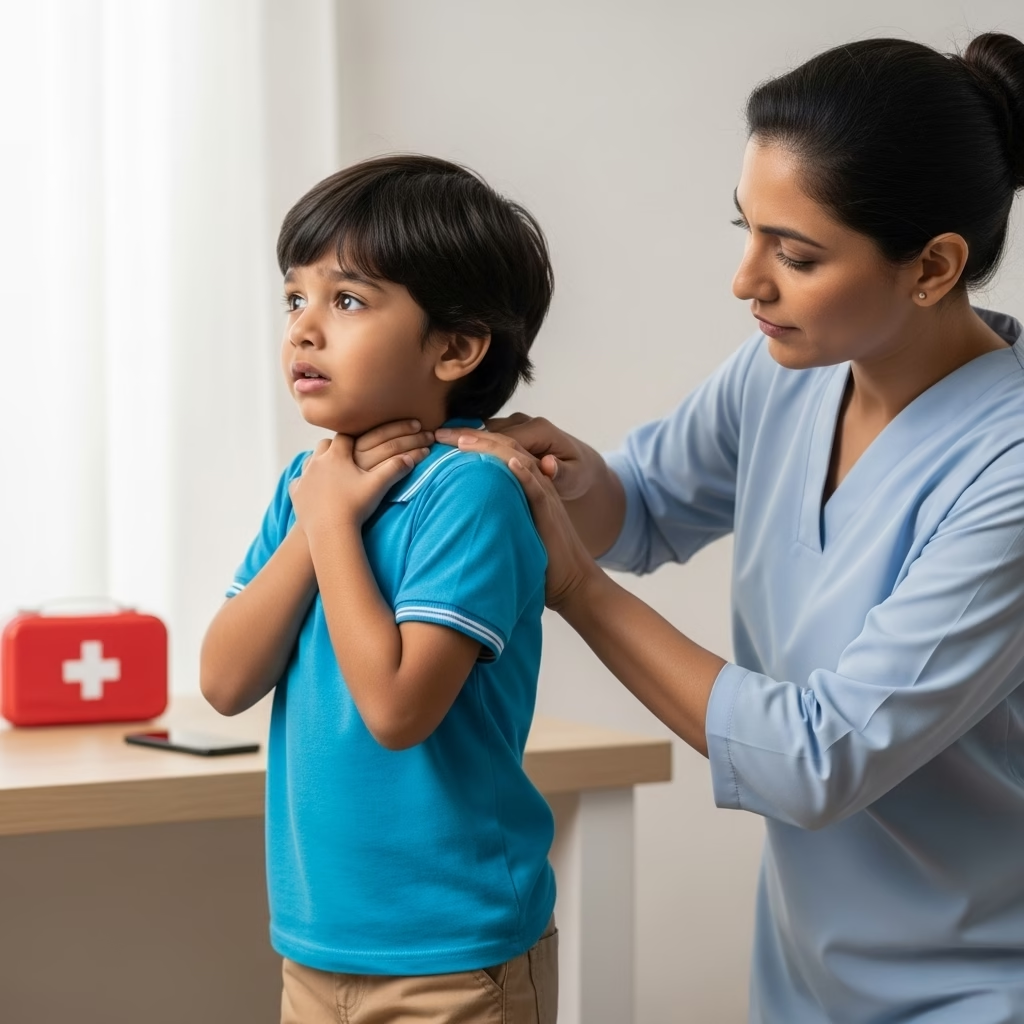
Choking can happen anywhere, anytime — at home, school, restaurants, or even while playing. One moment someone is eating normally, the next they may be gasping, clutching their throat, and struggling to breathe.
It’s frightening, but knowing how to act quickly and calmly can save lives. In this guide, we’ll cover:
How to recognize choking
Step-by-step first aid for adults, children, and infants
Tips to prevent choking at home and outdoors
What Is Choking?
Choking occurs when the airway is blocked by food, liquid, or a foreign object, making breathing difficult or impossible. Severe choking can cause loss of consciousness or death within minutes if untreated.
Common causes of choking:
Eating too quickly or talking while eating
Swallowing large pieces of food without chewing properly
Small toys, coins, or household objects (especially in children)
Alcohol consumption, which slows alertness while eating
Medical conditions affecting swallowing
How to Recognize Choking
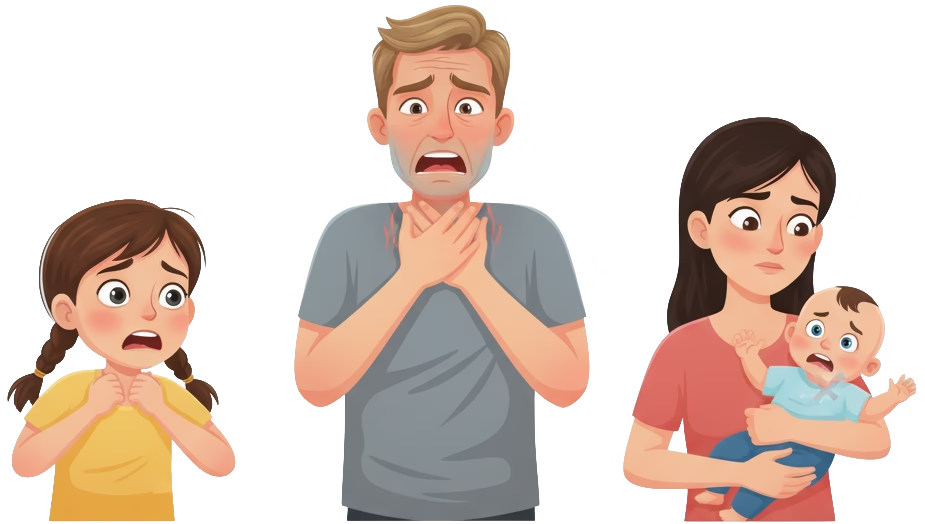 Choking can be mild (partial blockage) or severe (complete blockage).
Choking can be mild (partial blockage) or severe (complete blockage).
Mild Choking (Partial Blockage)
Person can still breathe, cough, or speak
Face may appear red from effort
Action: Encourage them to keep coughing; avoid slapping or performing forceful maneuvers
Severe Choking (Complete Blockage)
Cannot talk, breathe, or cough effectively
Silent attempts to breathe, no airflow
Skin, lips, or face may turn blue or pale
Clutching the throat with both hands (universal choking sign)
Action: Immediate first aid and emergency help are required
⚠️ Emergency Call: Always call your local emergency number immediately for severe choking.
First Aid for Adults (Over 12 Years)
 Step 1: Call for Help
Step 1: Call for Help
Shout for help and dial emergency services immediately
Ask someone nearby to assist
Step 2: Give 5 Back Blows
Stand behind and to the side of the person
Support the chest and lean them forward
Deliver 5 firm back blows between the shoulder blades
Step 3: Give 5 Abdominal Thrusts (Heimlich Maneuver)
Stand behind, wrap arms around waist
Make a fist above the belly button
Grasp fist with other hand and deliver quick, inward and upward thrusts
Repeat up to 5 times
Step 4: Alternate Back Blows and Abdominal Thrusts
Continue alternating until object is expelled or the person becomes unresponsive
Step 5: If the Person Becomes Unresponsive
Lay them flat and start CPR immediately
Check the mouth each time for visible objects; do not perform blind finger sweeps
First Aid for Children (1–12 Years)
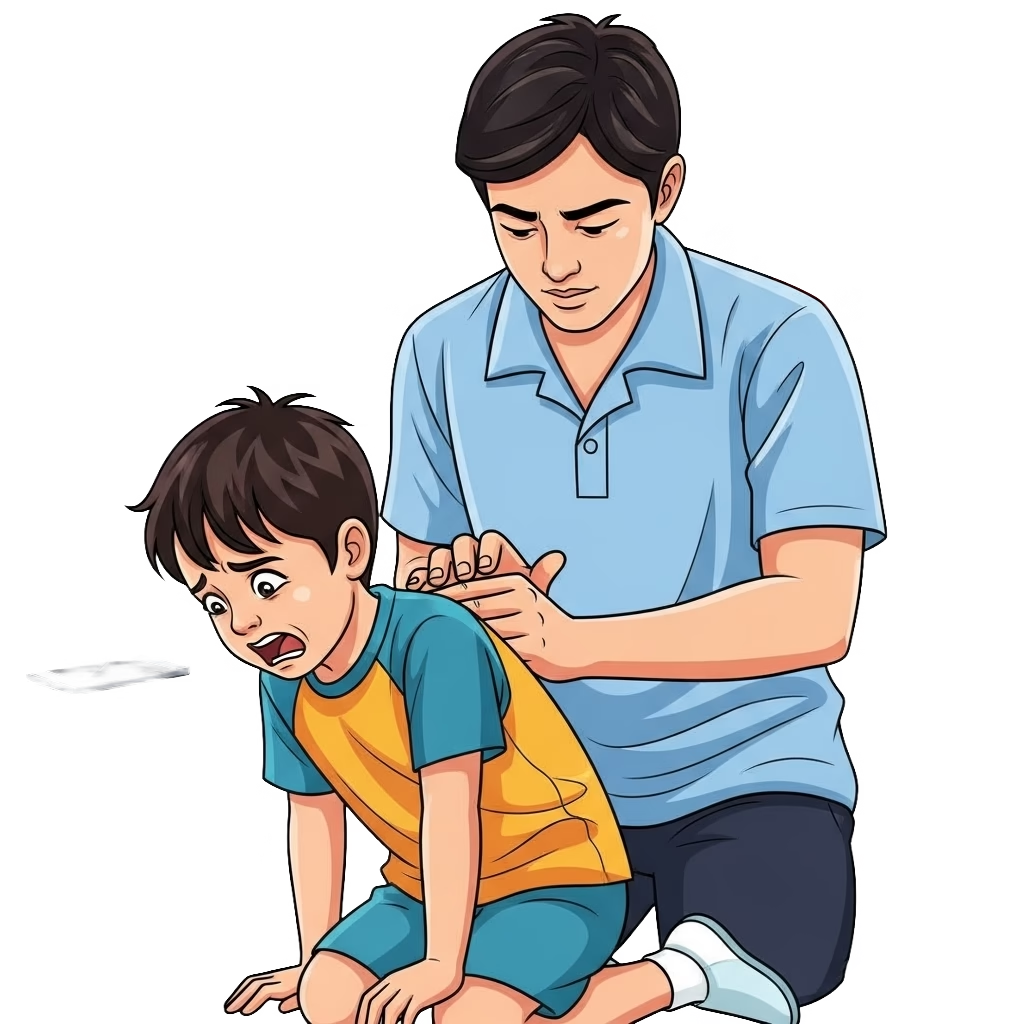 Children are more likely than adults to choke on small foods or toys. The technique is similar to adults but needs gentler force and smaller steps.
Children are more likely than adults to choke on small foods or toys. The technique is similar to adults but needs gentler force and smaller steps.
Step 1: Call for Help
Call emergency services immediately
Keep the child calm while you prepare to help
Step 2: Give 5 Back Blows
Stand behind the child, supporting their chest
Lean them slightly forward
Deliver 5 firm but controlled back blows between shoulder blades
Step 3: Give 5 Abdominal Thrusts (Heimlich Maneuver)
Stand behind the child
Wrap your arms around the waist
Make a fist above the belly button and deliver quick inward and upward thrusts
Use less force than for adults, adjusting for the child’s size
Step 4: Alternate Back Blows and Abdominal Thrusts
Keep alternating until the object is expelled or the child becomes unresponsive
Step 5: If the Child Becomes Unresponsive
Lay them flat and start child CPR immediately
Check mouth for visible objects before giving breaths
💡 Tip: For taller children, adult techniques can be used; for smaller children, reduce force and adjust hand placement
First Aid for Infants (Under 1 Year)
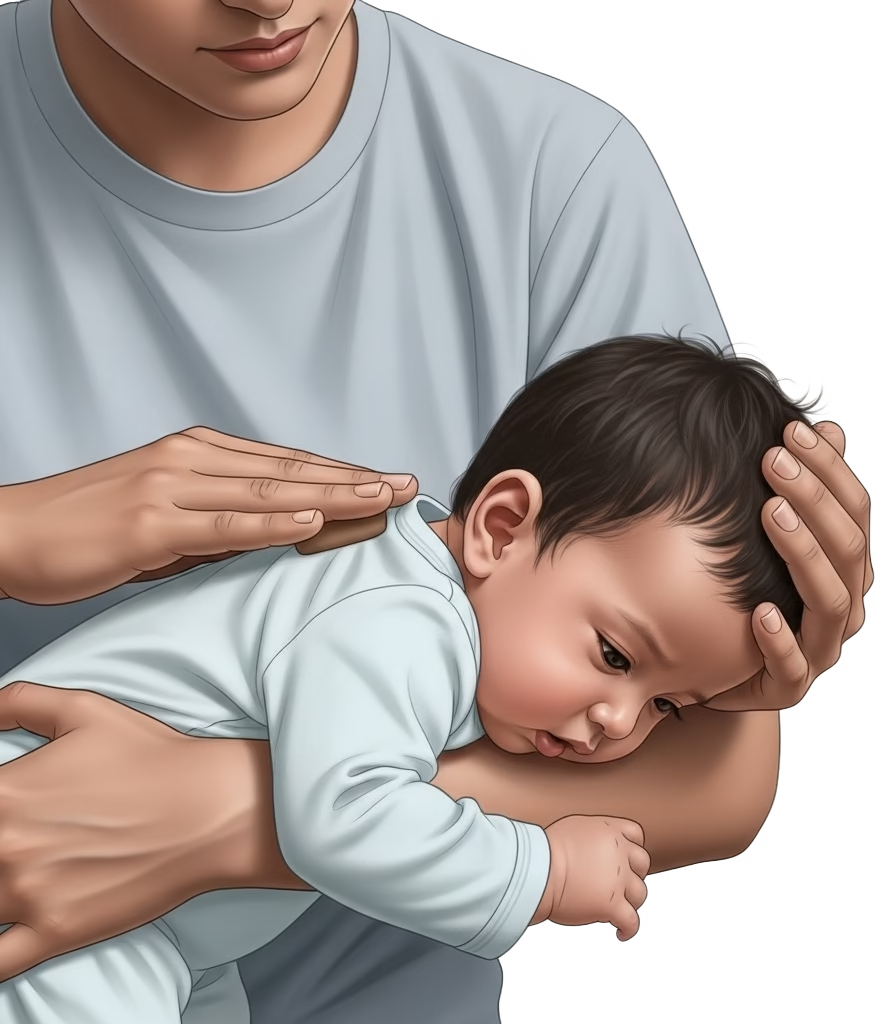 Infants require gentle techniques, as they are very delicate.
Infants require gentle techniques, as they are very delicate.
Step 1: Position the Baby
Sit down and hold the baby face down on your forearm, head lower than chest
Support head and jaw
Step 2: Give 5 Back Blows
Use heel of your hand to deliver 5 gentle but firm blows between shoulder blades
Step 3: Turn Baby Face-Up
Turn onto your other forearm, keeping head lower than chest
Step 4: Give 5 Chest Thrusts
Use two fingers in the middle of the chest below nipple line
Deliver gentle but effective thrusts
Step 5: Alternate Back Blows and Chest Thrusts
Repeat until object is expelled or infant becomes unresponsive
Step 6: If Baby Becomes Unresponsive
Start infant CPR immediately
Call emergency services without delay
Choking Prevention Tips
💡 Tip: Prevention is always better than cure.
Chew food properly and take small bites
Avoid talking or laughing while eating
Cut food into small pieces for children
Keep small objects and toys out of reach of children
Avoid hard candies, nuts, and popcorn for kids under 5
Limit alcohol intake during meals
Teach safe eating habits to family members
Extra Tips for Parents and Caregivers
Supervise children while eating
Educate older children about not stuffing food in their mouths
Keep a first-aid kit handy in kitchens, classrooms, and daycare centers
Enroll in certified CPR and First Aid courses for practical training
Final Thoughts
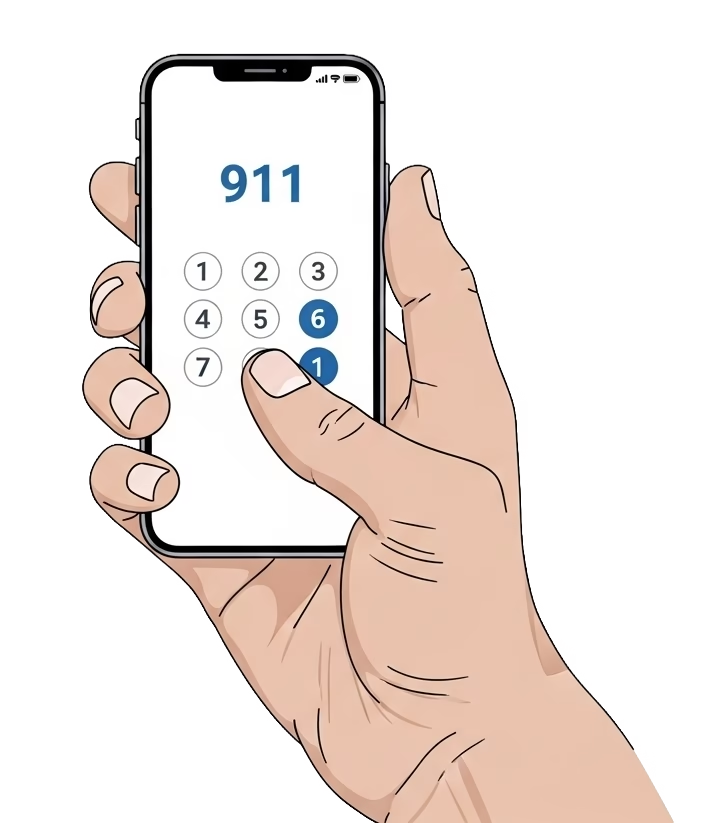 Choking is sudden and frightening, but knowing what to do can save lives. Quick action, calmness, and proper first-aid techniques make a real difference.
Choking is sudden and frightening, but knowing what to do can save lives. Quick action, calmness, and proper first-aid techniques make a real difference.
Key takeaways:
Recognize mild vs. severe choking
Adults & older children: alternate back blows and abdominal thrusts
Infants: alternate back blows and chest thrusts
Call emergency services immediately in severe cases
Sharing this knowledge helps make homes, schools, and workplaces safer for everyone.
⚠️ Disclaimer
This article is for educational purposes only. It is not a substitute for professional medical training. If someone is choking and cannot breathe, call your local emergency number immediately. For proper training, consider enrolling in a certified First Aid and CPR course.

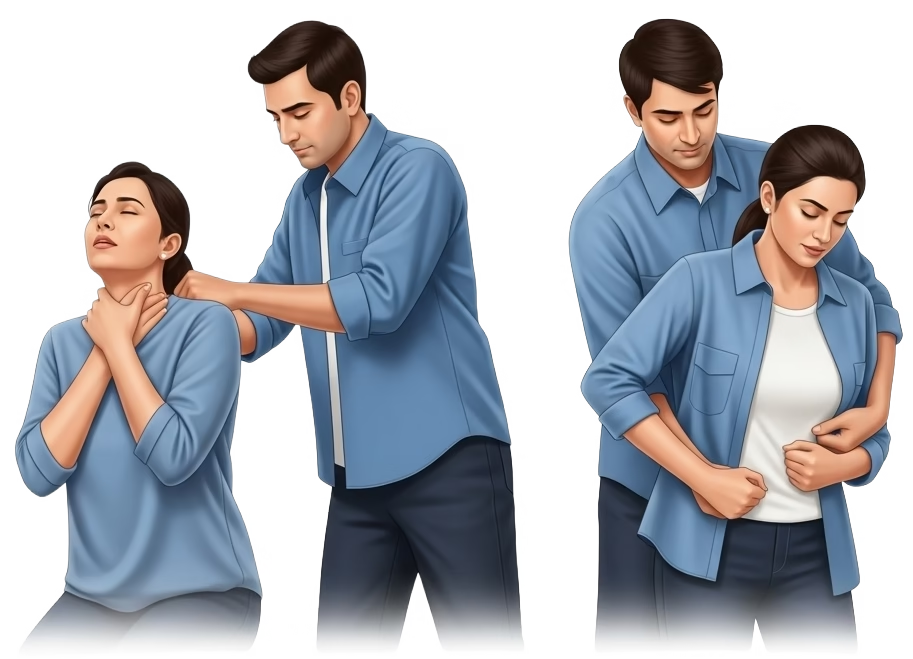 Step 1: Call for Help
Step 1: Call for Help
You Might Also Like
The Japanese Diet & Cancer Prevention
The Japanese diet has long been associated with good health, and recent...
Dear Hacker, Why Are You Trying to Hack Pungu’s Kitchen? 💔
A heartfelt note to the hackers trying to break into our little...
From Humble Beginnings to Global Fame: The Story of KFC & Colonel Sanders.
Discover how Colonel Sanders turned a small roadside diner and his secret...
How Long Can You Keep Cooked and Uncooked Meat and Fish in the Fridge?
Learn how to safely store raw and cooked meat and fish in...
How We Feel Anxiety – And Natural Ways to Manage It
Anxiety affects the body and mind in many ways, but simple changes...
Curd: The Everyday Superfood for a Healthy Heart, Strong Bones, and Better Digestion.
Curd is a natural probiotic packed with calcium, protein, and good bacteria....